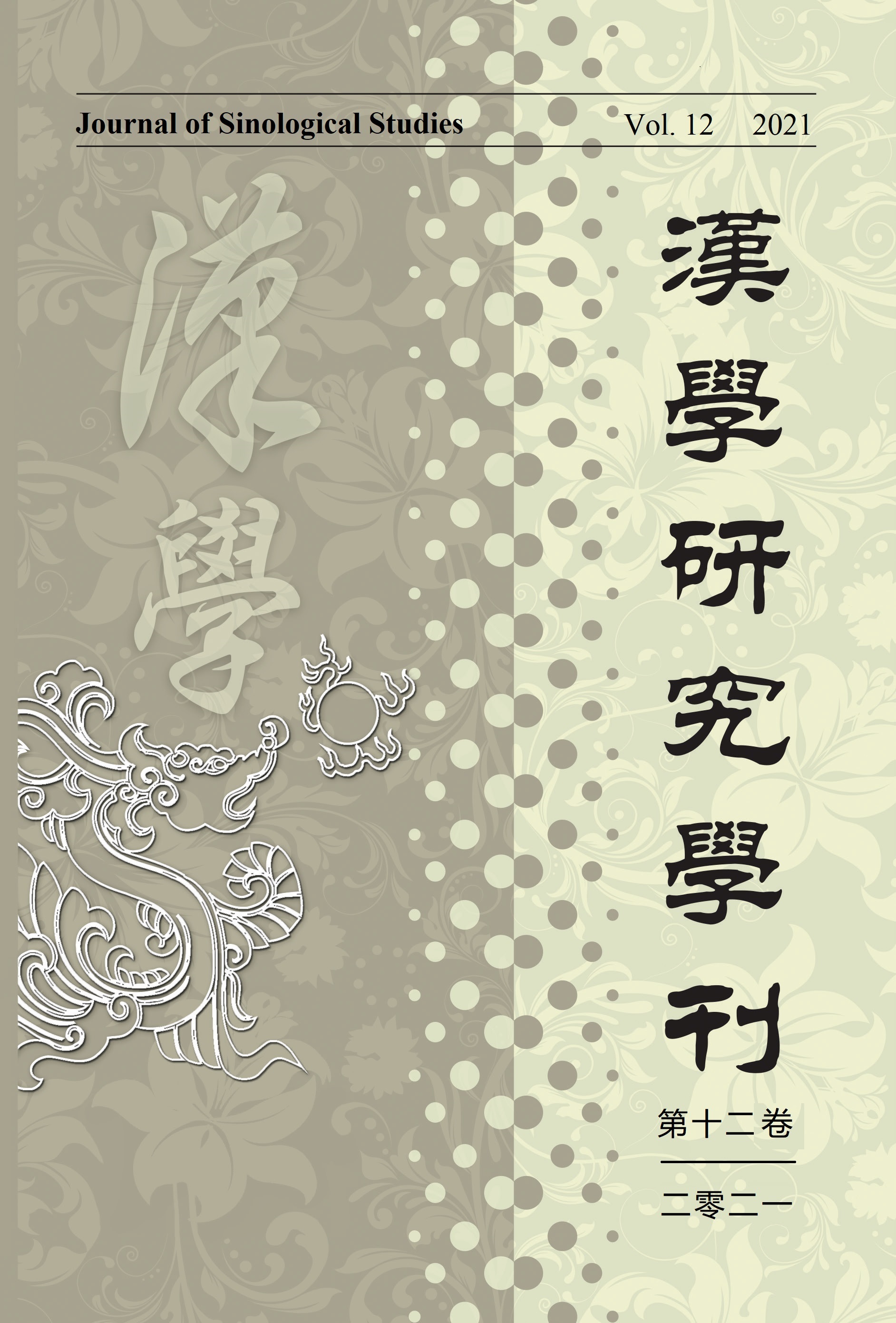Crossing the Nanyang (South Seas) and Serving the Sentient Beings: The Development of Secular Education with the coming of Buddhist Monks and Laity
Abstract
Chinese Buddhism, as the most vital part of Malaysian Buddhism, during the its expansion in Malaysia, has actively involved in the development of secular education with great implications. After the arrival of Buddhist monks and lay people in Nanyang, they started with the establishment of free schools, and then opened kindergartens, Phor Tay Primary School, and Phor Tay High school. In addition to giving the Chinese community educational opportunities, they also had a good effect on promoting the Dharma. Whether it is for secular educational purposes or to promote the Dharma, its main purpose is to promote the Buddhist spirit of compassion.
The long-term involvement in secular education has made Buddhism extremely effective in reaching out the masses. In terms of social and cultural aspects, education has reconciled the gap between rich and poor and managed to build moral values among the masses. Because of its contribution to secular education, it has enhanced the image of Buddhism. Coupled with the joint effort with educational institutions to achieve the purpose of promoting Buddhism, it has changed the landscape of Malayan Chinese society which generally is unable to differentiate between Buddhism and Taoism, and is thus exposed to learning more orthodox Buddhism. It also involves in promoting Chinese education to ensure the continuation of Han Buddhism and all these efforts have produced desired results.


